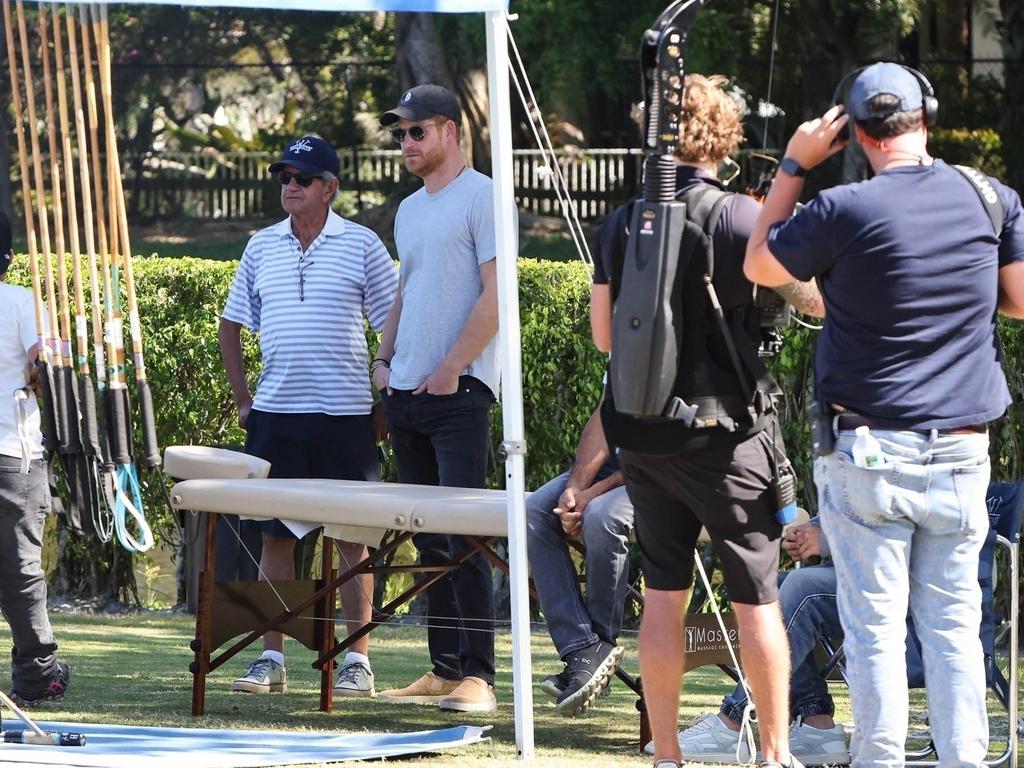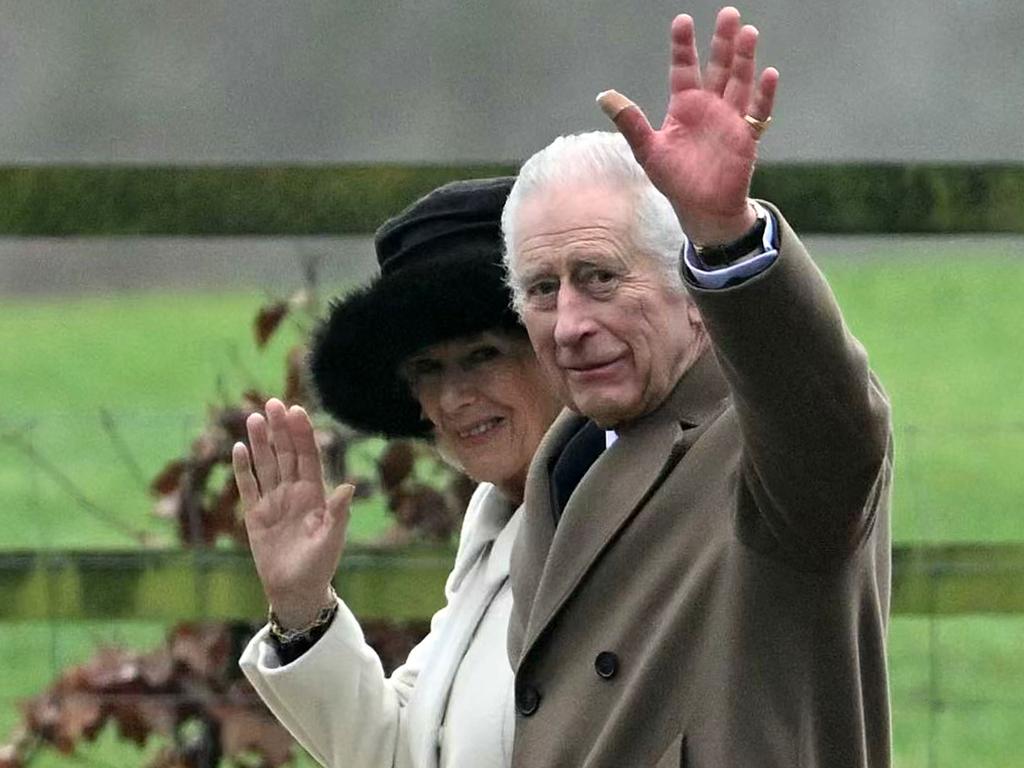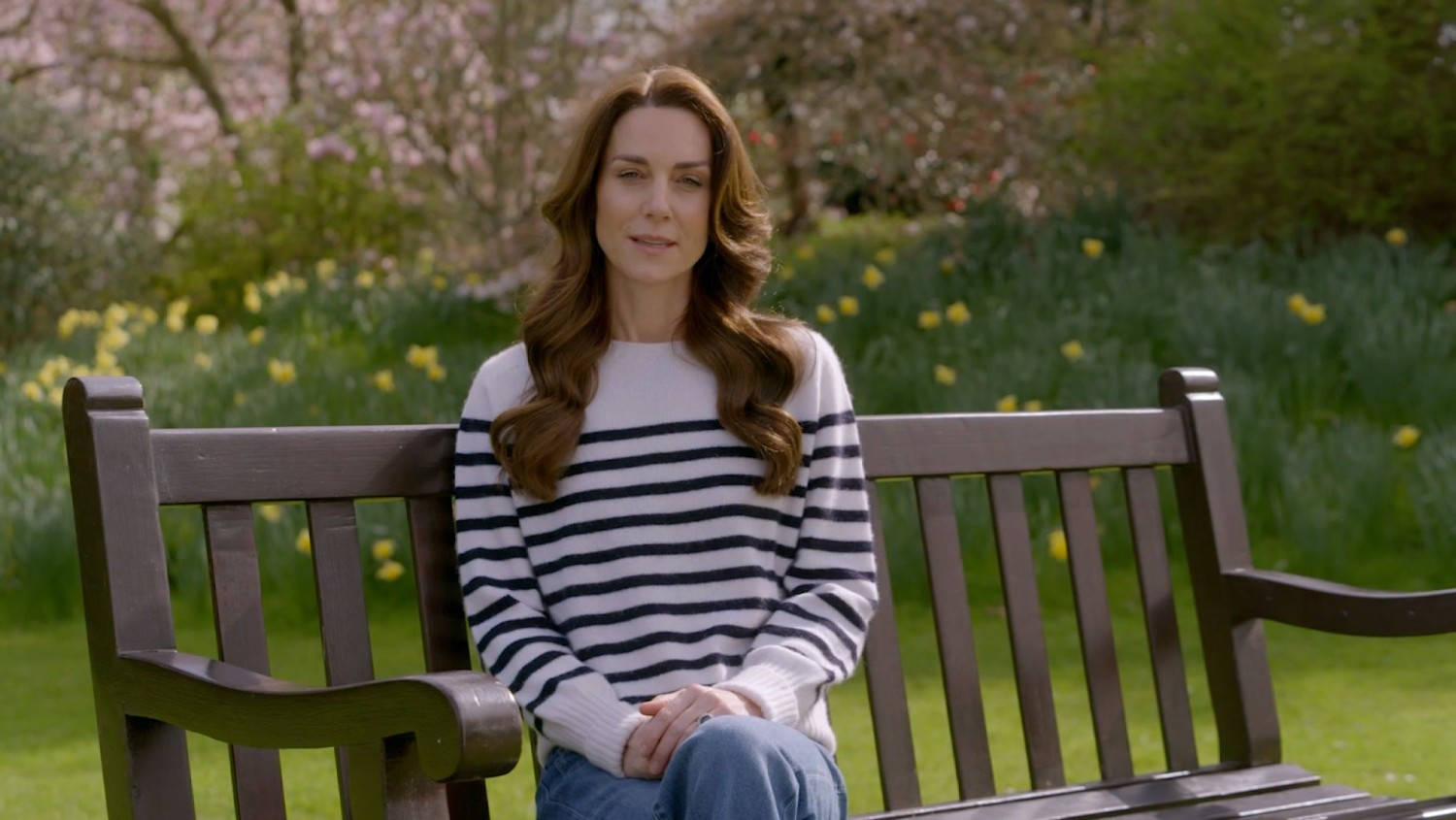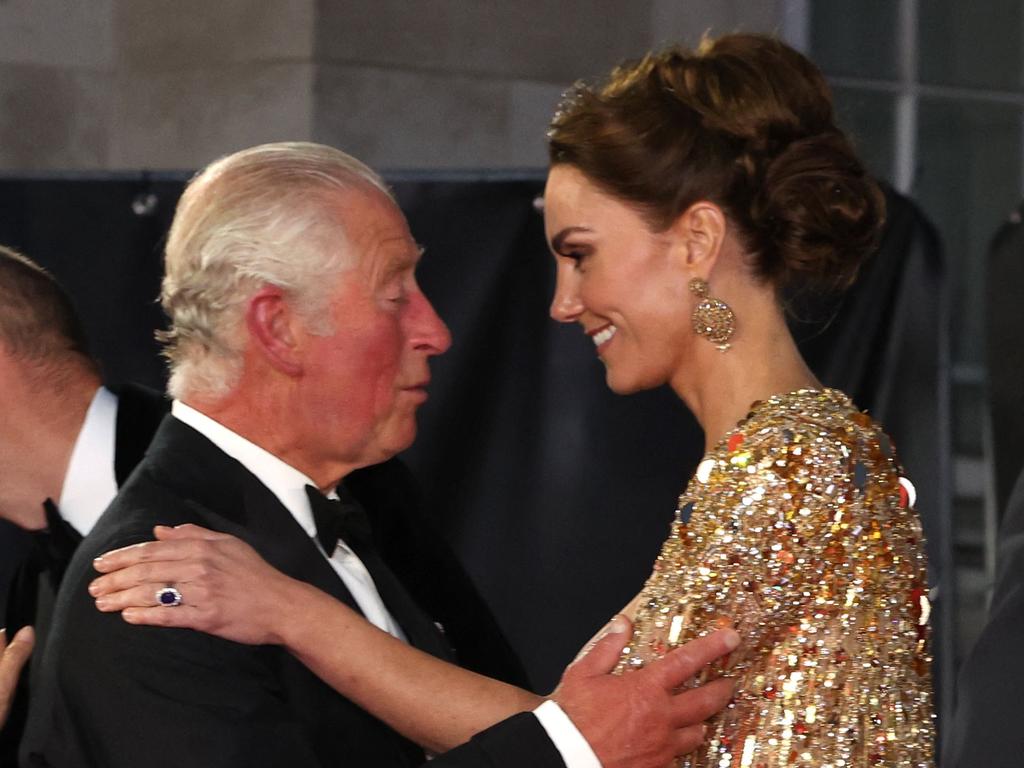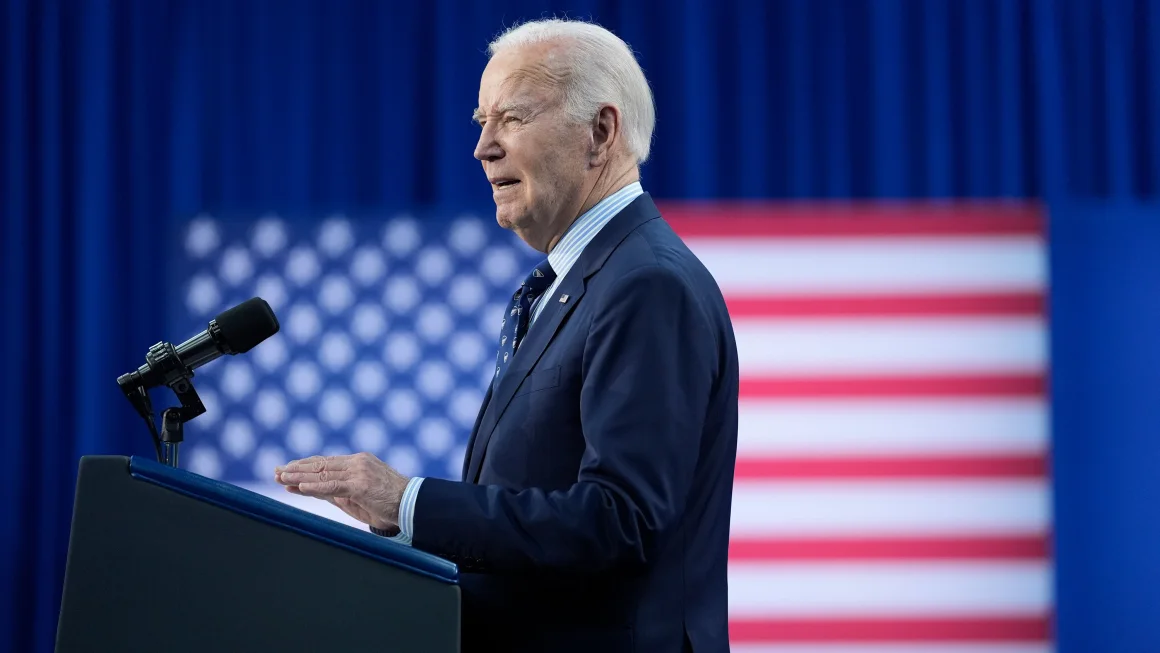This article is more than
1 year oldWhat to expect at the coronation of King Charles and Queen Camilla
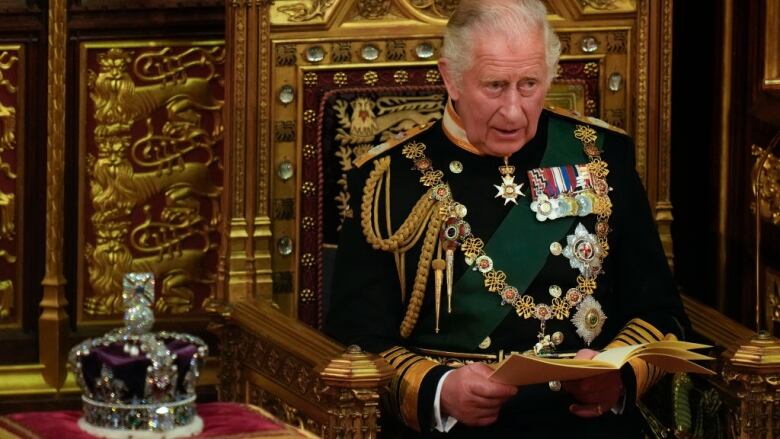
Changes to traditional service include involvement of other faith leaders
The coronation that will take place on Saturday is at its heart a Church of England service that will see King Charles and Camilla, the Queen Consort, crowned at Westminster Abbey in London in a ceremony that is steeped in 1,000 years of history.
While much of the tradition has been preserved, some changes have been made to shorten the ceremony — it's expected to be about two hours, down from three the last time, for Queen Elizabeth in 1953.
Some changes to the service also seem intended to try to create a feeling of greater inclusivity and to emphasize the importance Charles places on service.
"There are some interesting new elements," Craig Prescott, a constitutional law expert at Bangor University in Wales, said in an interview.
"I think the very opening of it, where the King sort of says I'm here to serve — I think it's really interesting and that in broad terms sets the tone."

Bob Morris, a member of the honorary staff of the constitution unit at University College London, said many of the small changes "are really designed to incorporate in the ceremony a much wider group of people than were incorporated in 1953."
"Aristocrats are hardly present at all."
The service will include female clergy for the first time, and participation from representatives of other faiths.
"Faith leaders and representatives from the Jewish, Sunni and Shia Muslim, Sikh, Buddhist, Hindu, Jain, Bahai and Zoroastrian communities will be part of the procession into Westminster Abbey," the Church of England said in the coronation liturgy.
"This represents the multifaith nature of our society and the importance of inclusion of other faiths whilst respecting the integrities of the different traditions."
Here's a look at some of the key elements of the coronation and the spectacle that will surround it on Saturday.
The procession to the abbey
King Charles and Camilla, the Queen Consort, will travel in a procession — smaller than occurred in 1953 — from Buckingham Palace to Westminster Abbey ahead of the service, which begins at 6 a.m. ET.
They will travel in the Diamond Jubilee State Coach, and not the more uncomfortable and much older Golden State Coach, which they will use to return to the palace after the ceremony.
British coronations date back nearly 1,000 years, and while much of the pomp and ceremony is steeped in history, a lot has also changed. CBC’s Travis Dhanraj breaks down five key moments to watch in the upcoming coronation of King Charles III.
"The interesting thing here is that they are travelling to the coronation in one coach, the modern and well-sprung [Diamond Jubilee] State Coach," Judith Rowbotham, a social and cultural scholar and visiting research professor at the University of Plymouth in southwestern England, said in an interview.
That, as much as anything else, is for practical reasons, she said.
"The Gold State Coach may look spectacular, but it is spectacularly horrible to ride in," Rowbotham said, noting that after Queen Elizabeth rode in it in 1953, she described her journey "as horrible, and she was not a woman likely to complain at any time in her life."
The Diamond Jubilee State Coach was built to mark Elizabeth's Diamond Jubilee, and was first used in 2014. According to the Royal Collection Trust, it "combines traditional craftsmanship and modern technology," with six hydraulic stabilizers preventing its aluminum body from swaying.
The recognition
There are several significant moments in the coronation ceremony. The recognition, when Charles is presented — four times — to the people, is the first element of the traditional coronation rite, the church said.
Unlike previous coronations, the Archbishop of Canterbury will not conduct this portion of the ceremony on his own. He will be joined by representatives of the oldest orders of chivalry in England and Scotland and the armed forces.
Each time Charles is presented, the congregation will say "God save the King."
The oath
The Archbishop of Canterbury will administer the oath, asking Charles various questions, including if he will "solemnly promise and swear to govern the peoples of the United Kingdom of Great Britain and Northern Ireland, your other realms and the territories to any of them belonging or pertaining, according to their respective laws and customs?"
That portion of the oath marks a change from 1953, which saw realms, including Canada, identified by name.

The anointing
The most sacred part of the coronation ceremony is one the public will not see.
Special oil — vegan this time — will be poured from a gold flask — the ampulla — onto the coronation spoon.
Behind a screen and seated in the coronation chair, Charles will then be anointed with that oil on his hands, breast and head by the Archbishop of Canterbury.
As the anointing takes place, the choir sings the anthem Zadok the Priest, which has long been a part of the coronation rite, but gained more fame after being set to music by George Frideric Handel for King George II's coronation in 1727.
The regalia and the crowning
At this point in the service, the coronation regalia will be presented.
They include the spurs, which Charles will acknowledge as symbols of honour and courage, the armills (or bracelets), the Sovereign's Orb and the Sovereign's Ring.

Charles will acknowledge the ring, but it will not be placed on a finger, and instead be returned to the altar. (At Queen Victoria's coronation, the ring was placed on the wrong finger, causing great pain for the young monarch.)
The Archbishop of Canterbury will also place a sceptre and a rod in Charles's hands.
Then comes the crowning moment, as the St. Edward's Crown, which weighs more than two kilograms and was made for the coronation of King Charles II, is placed upon Charles's head. And again, the audience in the abbey will say "God save the King."
The enthronement and homage
At this point in the service, Charles will take the throne.
This portion of the ceremony will see a significant change from tradition, when royals and peers paid homage to the newly crowned monarch.

This time, only Prince William, Charles's elder son and heir, will pay homage, pledging his loyalty as his father's "liege man of life and limb."
A particularly notable change is the introduction of an "Homage of the people," which will invite "all who so desire" in the abbey and watching from elsewhere to declare their allegiance to the new monarch. It is, the church said, "a new and significant moment in the tradition of the coronation."

The coronation of the Queen
At this point, the service turns specifically to Camilla, the Queen Consort.
Oil from the ampulla will be poured onto the spoon and the Archbishop of Canterbury will anoint her on the forehead.
Unlike Charles's anointing, this will occur in public view.
"This anointing will happen without a screen or canopy to demonstrate the different nature of anointing a consort compared to a reigning sovereign, as this anointing is at the permission of the sovereign," the church said.
Camilla will also be presented with the Consort's Ring, which will then be returned to the high altar, and crowned with a modified Queen Mary's Crown.

The choice of Queen Mary's 1911 crown — with the addition of some of Queen Elizabeth's gems — also effectively eliminated potential controversy over whether Camilla's crown would include the famed — and contested — Koh-i-Noor diamond.
- ROYAL FASCINATOR
Dodging potential controversy, Camilla will wear a recycled crown — without the Koh-i-Noor diamond
Camilla will also be presented with a rod and a sceptre, and takes her place on a throne beside Charles. At that time, an anthem composed by Andrew Lloyd Webber will be sung.
Communion, departure and return to Buckingham Palace
After taking communion, King Charles and Queen Camilla will leave their thrones and go behind the high altar, where Charles will take off the St. Edward's Crown and don the Imperial State Crown.
Before leaving the abbey, Charles will also acknowledge a greeting from faith leaders and will greet governors general. Charles and Camilla will then leave Westminster Abbey in the Gold State Coach for the procession back to Buckingham Palace, where there will be an appearance of senior members of the Royal Family on the balcony.
Keywords
Newer articles
Opinion O.J. Simpson was always on the run
Ray J on Why Diddy's Friends Haven't Come to His Defense: 'I Think A Lot of People Are Trying to Understand It'
Taylor Swift’s music returns to TikTok even as label fights over artist compensation
India calls for ‘immediate de-escalation’ amid Israel-Iran tensions
Khloe Kardashian hounded after OJ’s death
Trump offers conditions for Ukraine aid renewal
Why Israel is risking a dramatic escalation with Iran
Bianca Censori stuns in extreme v-neck dress
Israel’s War Leaders Don’t Trust One Another
